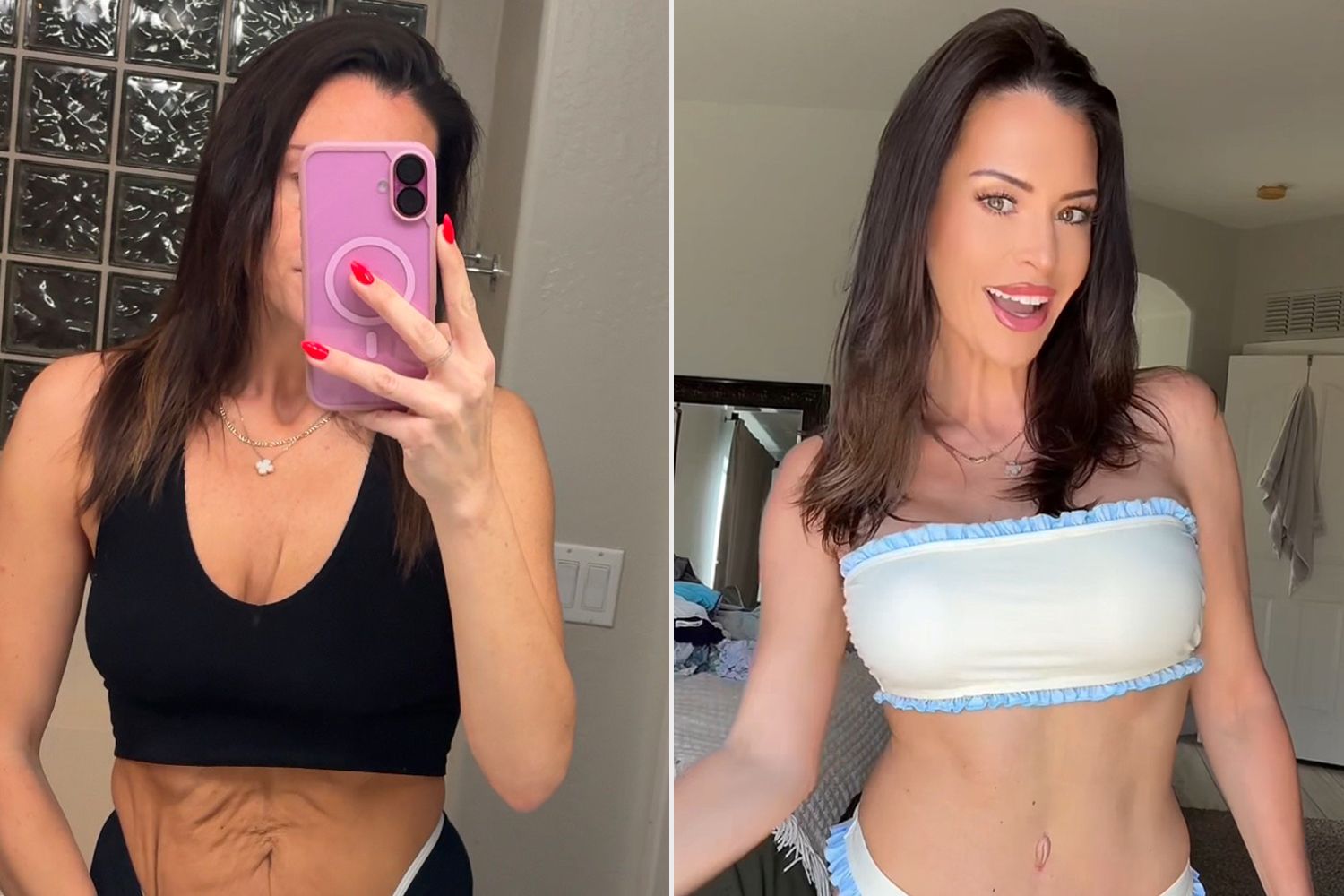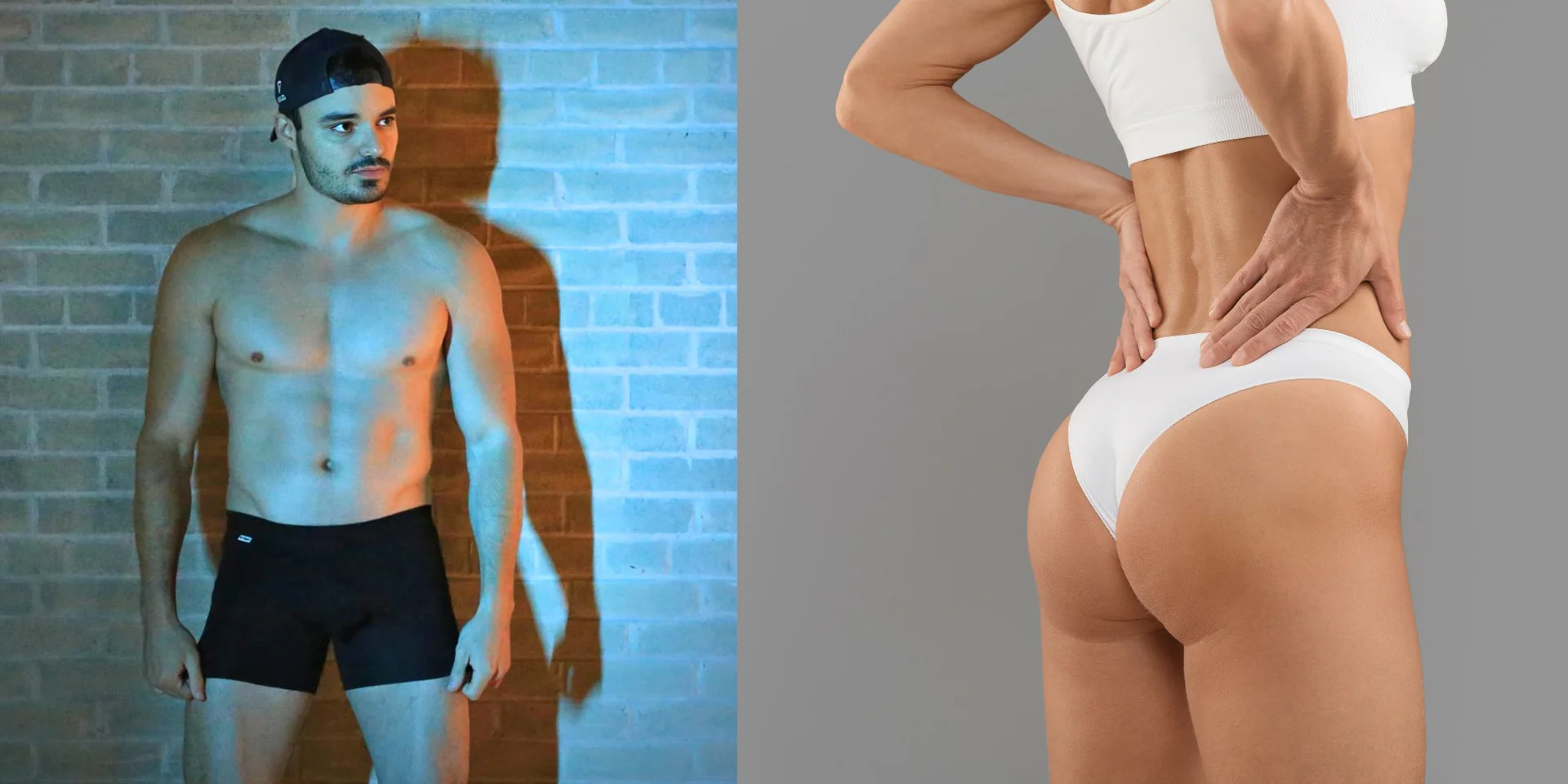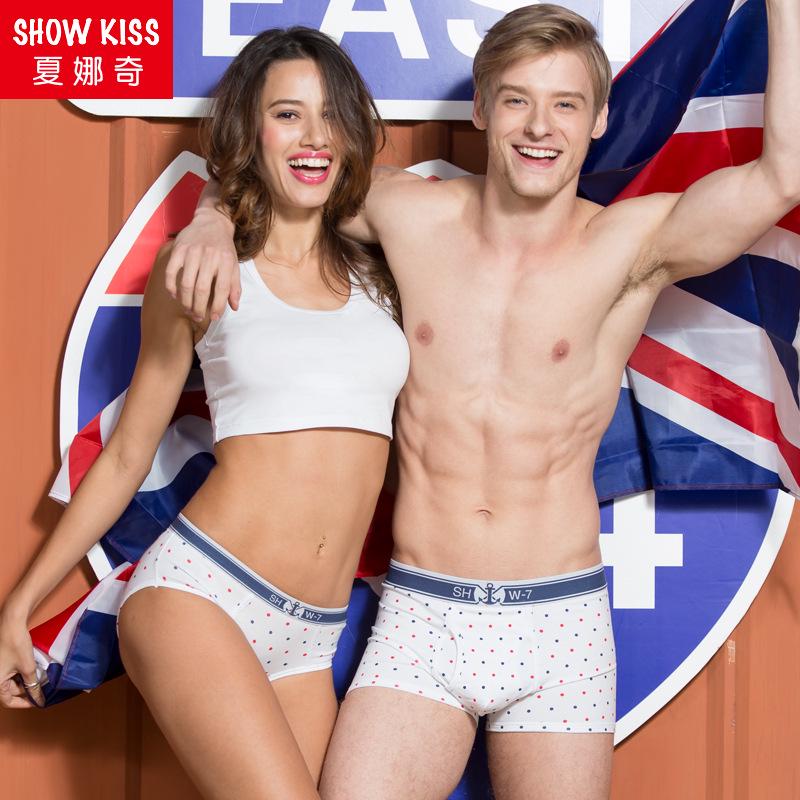Briefs, in both men’s and women’s undergarments, have retained popularity for generations due to their reliable support, coverage, and adaptability to different needs and tastes. Whether you seek classic everyday comfort, enhanced support for sports, or a sleek silhouette under form-fitting clothes, there’s a brief style for you.
Table of Contents
A Brief History of Briefs
From high-rise “granny panties” to sleek modern boxer-brief hybrids, briefs have evolved tremendously. Traditionally seen as staple underwear, their design has continuously adapted to changing fashion, fabric technologies, and wearer needs. Today, briefs span from functional basics to fashion statements.
Types of Briefs: Comprehensive Overview
Women’s Brief Styles
Classic Briefs: High-waisted, full front and rear coverage. Best for comfort and support everyday.
High-Cut Briefs (French Cut): Leg openings sit above the hips, elongating the legs and accentuating the waist; elegant with moderate coverage.
Control Briefs (Shapewear): Built for tummy control and hip smoothing, ideal under fitted outfits. Offer a streamlined silhouette for special occasions or daily support.
Seamless Briefs: Crafted without visible seams to prevent panty lines; perfect under lightweight or tight clothing.
Hipster Briefs: Sits low on the hips, offers wider waistband and moderate coverage—a comfortable blend of function and modern fit.
Bikini Briefs: Lower rise, narrower sides, moderate rear coverage—suitable under low-rise pants and everyday wear.
Tanga Briefs: A hybrid between bikini and thong, minimal side and rear coverage, balances comfort and invisibility under clothes.
Men’s Brief Styles
Classic Briefs: Provide snug support, high waistband, minimal leg coverage—ideal for those seeking security and comfort.
Boxer Briefs: Combine the support of briefs and the extra thigh coverage of boxers; great for physical activity, daily wear, and preventing chafing.
Mid-Rise/Low-Rise Briefs: Designed to sit lower on the hips, suitable for modern fits and lower-rise pants.
Trunks: Slightly shorter than boxer briefs, offer additional leg coverage and a contemporary look.
Sports/Performance Briefs: Utilize moisture-wicking fabrics with reinforced pouches or support panels for active lifestyles.
Seamless Briefs: Similar to women’s, seamless construction helps in layering and eliminates lines.
Tanga Briefs and Thongs: For those seeking minimal coverage and greater freedom, some men’s brands offer these too.
How Briefs Differ from Other Underwear
| Style | Leg Coverage | Waistband Position | Support Level | Best For |
|---|---|---|---|---|
| Briefs | Minimal | High/Low/Mid | High | Support, everyday, sports |
| Boxer Briefs | Mid-thigh | Mid/Low | Moderate-High | Activity, chafing prevention |
| Boxers | Full thigh | High/Mid/Low | Low | Breathability, relaxed fit |
| Trunks | Upper thigh | Low/Mid | Moderate | Modern look, desk-wear |
| Thongs/Tangas | Minimal to none | Low/Mid | Varies | No lines, select outfits |
Key Benefits of Wearing Briefs
Offer superior support for athletic and daily activities, especially for men.
Provide full to moderate coverage, which can enhance comfort for extended wear.
Modern fabrics deliver breathability, moisture control, and soft feel (cotton, modal, microfibers).
Seamless or low-profile designs are ideal for close-fitting clothes.
Can help prevent skin chafing and irritation, particularly in active or humid conditions.
High-rise and control options offer shapewear benefits for a smoother silhouette.
How to Choose the Perfect Briefs
For Men
Fabric: Cotton, modal, or blends provide breathability and softness; synthetic blends may offer more moisture-wicking.
Fit: Should hug the body without pinching, allow movement, and offer the right pouch depth.
Waistband: Should be wide, flat, and comfortable to avoid digging in.
Purpose: Consider daily use, sport, or layering needs; alternate between styles for different occasions.
Try Multiple Styles: Experiment to discover what fits your body and activity best.
For Women
Cut and Rise: Evaluate your typical outfits (high-waist, low-rise) and comfort needs when picking cut.
Seamless/Lines: For clingy or lightweight materials, opt for seamless or laser-cut edges.
Control and Support: For shaping, select control briefs or high-waisted shapewear.
Fabric: Prioritize cotton or blends for daily use, synthetics for moisture and performance.
Occasion: Special occasions may call for invisible or control options; casual days can favor fuller coverage briefs.
Briefs and Body Types
Briefs come in multiple sizes, rises, and shapes to fit different bodies. A well-fitted brief accentuates your natural curves or provides the right support, eliminating discomfort throughout the day. Trying different brands and cuts is the surest way to find your ideal fit.
Brief Styles for Specific Needs
Sports/Active Use: Supportive, moisture-wicking fabrics or performance blends.
Everyday Comfort: Classic cotton or modal in full or mid-coverage options.
Date Night: Sleek, stylish designs, sometimes with mesh or lace detailing.
Shapewear: High-waisted control briefs for a smoother appearance.
No Show: Seamless, laser-cut, or thong/tanga variations for invisible lines.
Caring for Your Briefs
Fabric Care: Follow care labels—cold machine wash and air dry to maintain elasticity.
Rotation: Change daily and rotate among several pairs to maximize lifespan and hygiene.
Avoid Over-Tightness: Too-tight briefs can cause discomfort or skin irritation; ensure a flexible, supportive fit.

Myths and Facts about Briefs
Wearing briefs does not affect size or fertility if chosen in the correct fit and material.
Briefs offer superior support for sports and high-movement activities.
It is healthier to change briefs daily, as constant wear increases the risk of infection and discomfort.
FAQs
Q1: What’s the most comfortable fabric for briefs?
Cotton or modal fabrics are widely recommended for maximum daily comfort.
Q2: Is it better to wear briefs for sports?
Briefs and performance boxer-briefs offer strong support, making them excellent for active use.
Q3: How do I choose a brief that won’t show under clothes?
Seamless or laser-cut options, as well as low-profile tangas and thongs, are great for minimal lines.
Q4: Are control briefs safe for daily wear?
High-quality control briefs from reputable brands are generally safe for regular use, provided they’re not overly restrictive and are worn in the correct size.
Q5: Why does the waistband matter?
A comfortable waistband prevents digging, pinching, or rides, contributing greatly to all-day comfort.
Q6: What’s the difference between briefs and trunks?
Briefs offer less leg coverage but more pouch support; trunks deliver additional thigh coverage and a modern look.
Q7: Can tight briefs affect health or comfort?
Excessively tight briefs may cause skin irritation, restrict airflow, or discomfort. Choose the correct size for health and support.
Q8: How often should briefs be changed?
Once daily is recommended, or more often after intense activity or sweating for optimal hygiene.
Q9: How do I care for my briefs?
Machine wash in cold water, avoid harsh detergents and tumble drying, and rotate your pairs.
Q10: Are briefs for every body type?
Yes, briefs are designed in various cuts and rises to fit and flatter every body type; trying multiple styles helps to find your ideal pair.
Conclusion
The world of briefs is vast and highly customizable, catering to every preference, body type, and occasion. From classic cotton comfort to contemporary seamless and performance options, there’s a perfect brief style waiting to upgrade your wardrobe. Remember to select based on personal needs, style preferences, and fabric sensitivities to ensure all-day comfort and support.













